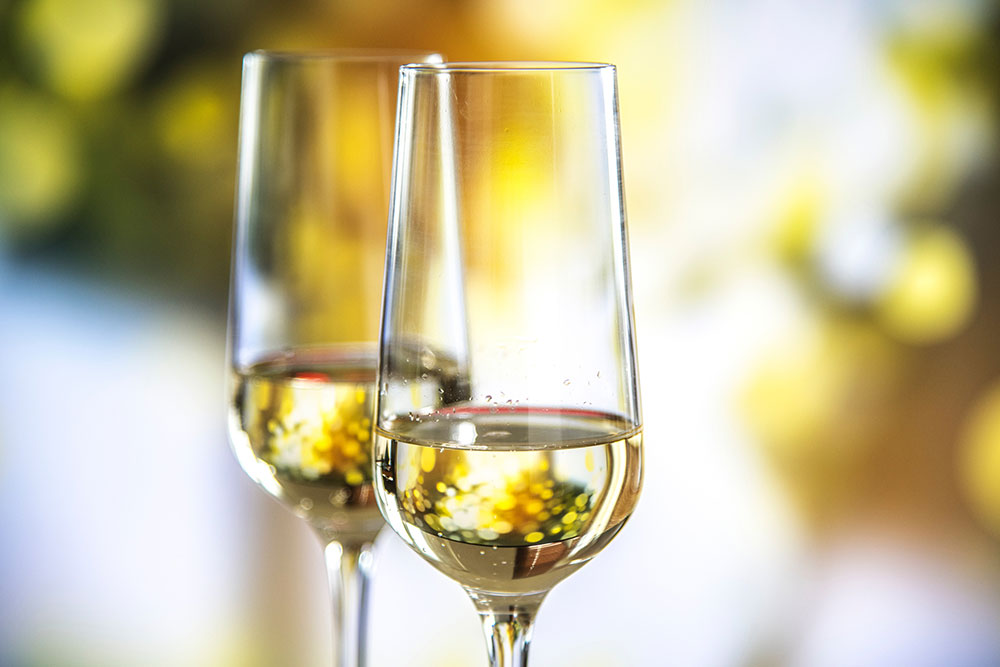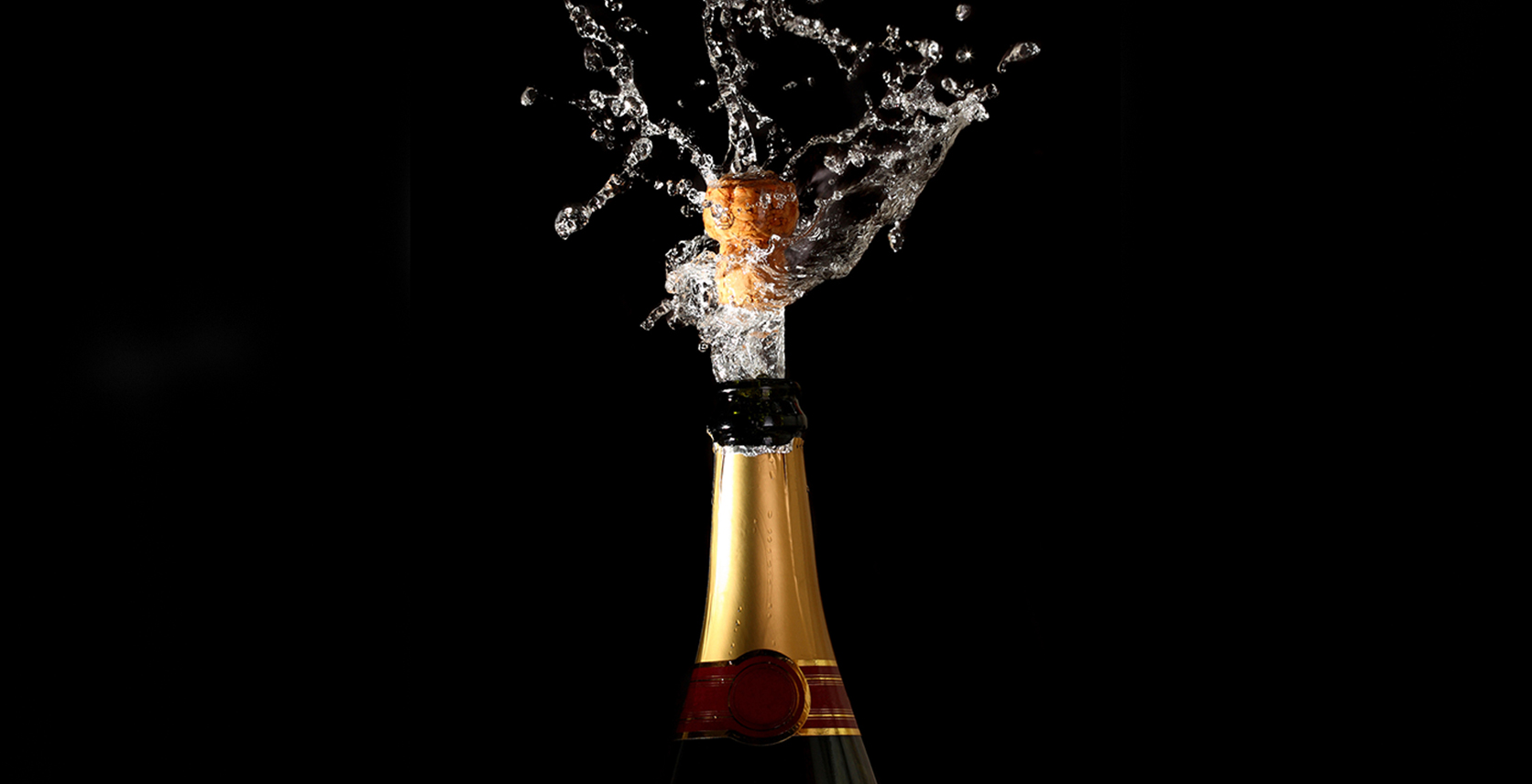The Right Way to Drink Champagne, According to Experts
As a host, the surest way to tell your festivities are going well is listening for the distinctive crack of a bottle of champagne. It’s the sound of joyousness incarnate — a kind of indoor firecracker that signals good times. (Which, let’s face it, is more than we can say about bottles of Pinot gris or PBR.) What’s important, though, is that you pour, sip, and savour the bubbly in those glasses with due respect. According to sommelier Eloi de Bellefeuille of Mosaiq Vins et Spiritueux, that means never diluting it with orange juice. This is, after all, the top tier of alcohol. We clinked glasses with the champagne connoisseur to find out how best to bring some sparkling wine to the season.
Origin Story:
Champagne hails exclusively from France’s northeastern region, where the cool climate and chalky soil lead to Chardonnay, Pinot noir, and Pinot meunier grapes with a slight acidity that’s ideal for sparkling wine production.
* The Treaty of Versailles ensures only producers from this region can legally refer to their wine as champagne.
THE MÉTHODE CHAMPENOISE:
Champagne is the result of a two-part fermentation process. The first fermentation produces a flat base wine, which is then bottled with sugar and yeast to undergo a second, in-bottle fermentation that introduces bubbles.
* This distinguishes it from most Italian Prosecco, which undergoes its second fermentation in a tank.

Make Your Selection
Champagne falls on a spectrum of dry (brut) to sweet (doux). De Bellefeuille advises sticking to the former. “With appetizers, a dry brut like Nicolas Feuillatte’s is easy drinking,” he says. “For a rich main course like duck breast, I would pick a dry, full-bodied brut Pinot noir.”
What’s Their Age Again?
Most champagne bottles don’t include a year on their label because the Champagne region’s climate requires many of its winemakers to mix grapes from various vintages for consistency. As for those rare vintage bottles that do sport a year? Those are worth bowing down to.
Serving Time
“Half an hour before drinking, transfer the bottle to an ice bucket — not the freezer.” You’re aiming for a serving temperature of 9-11 degrees. From there, de Bellefeuille stresses opening it carefully (keep your fingers on the cork and turn the bottle, not the cork, to release it) and holding glasses at an angle to preserve bubbles as you pour.
(Don’t) Mix and Mingle
“Please, no cocktails. That’s a sin! By adding juice, you lose all of the specificity of the aromas.” If you absolutely must mix your bubbly with something, de Bellefeuille recommends blackberry liqueur. “Or use prosecco instead.” Shots fired.
Our Sommelier’s Pick

Champagne Nicolas Feuillatte. “It’s from one of France’s largest co-operatives of grape growers,” says de Bellefeuille. “People think a co-op means bad quality, but actually they select the best crates from each producer — so the price is lower, but the quality is still very high.” In other words, you can pick up four bottles instead of two. “Champagne for more occasions!”










